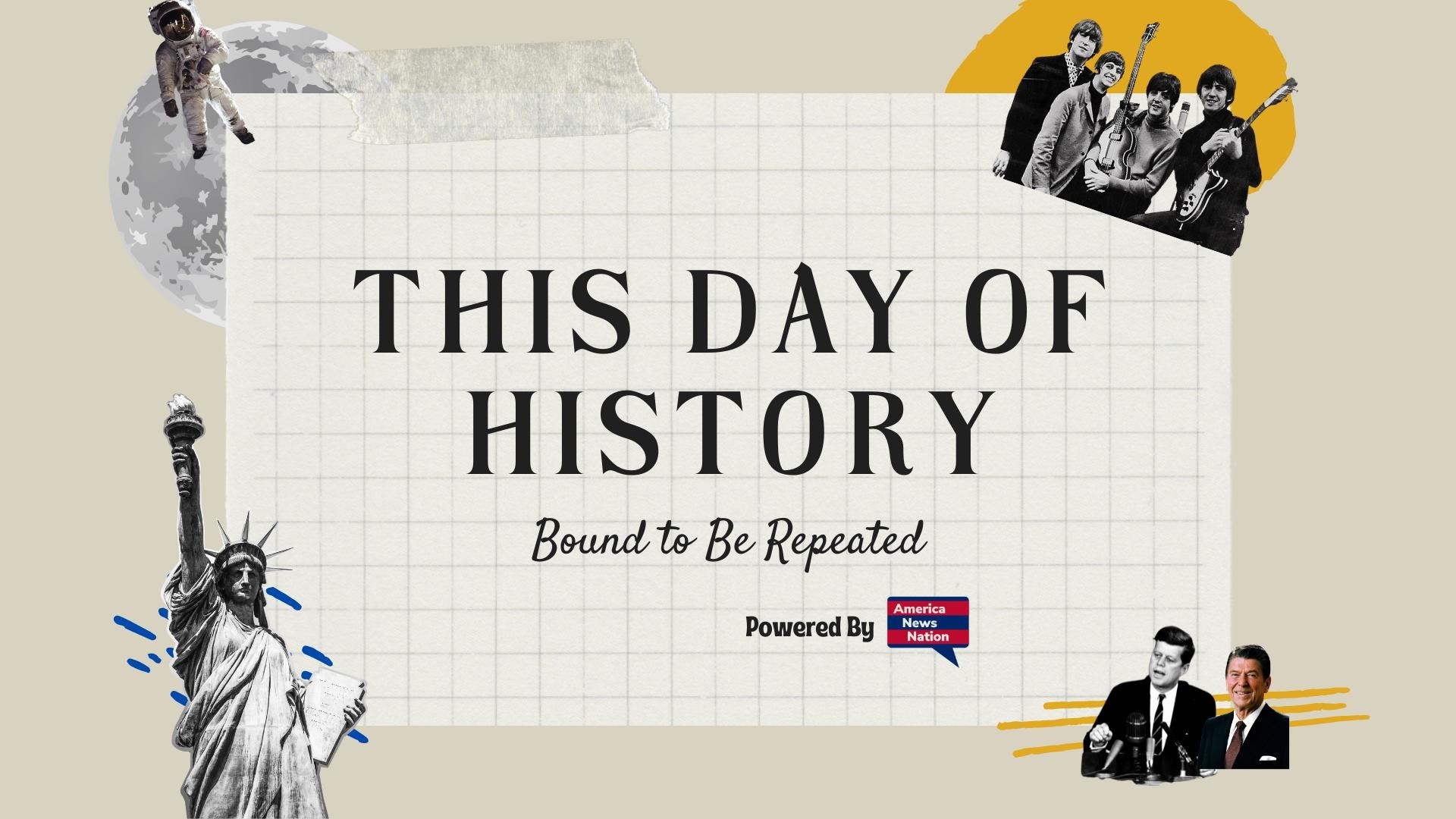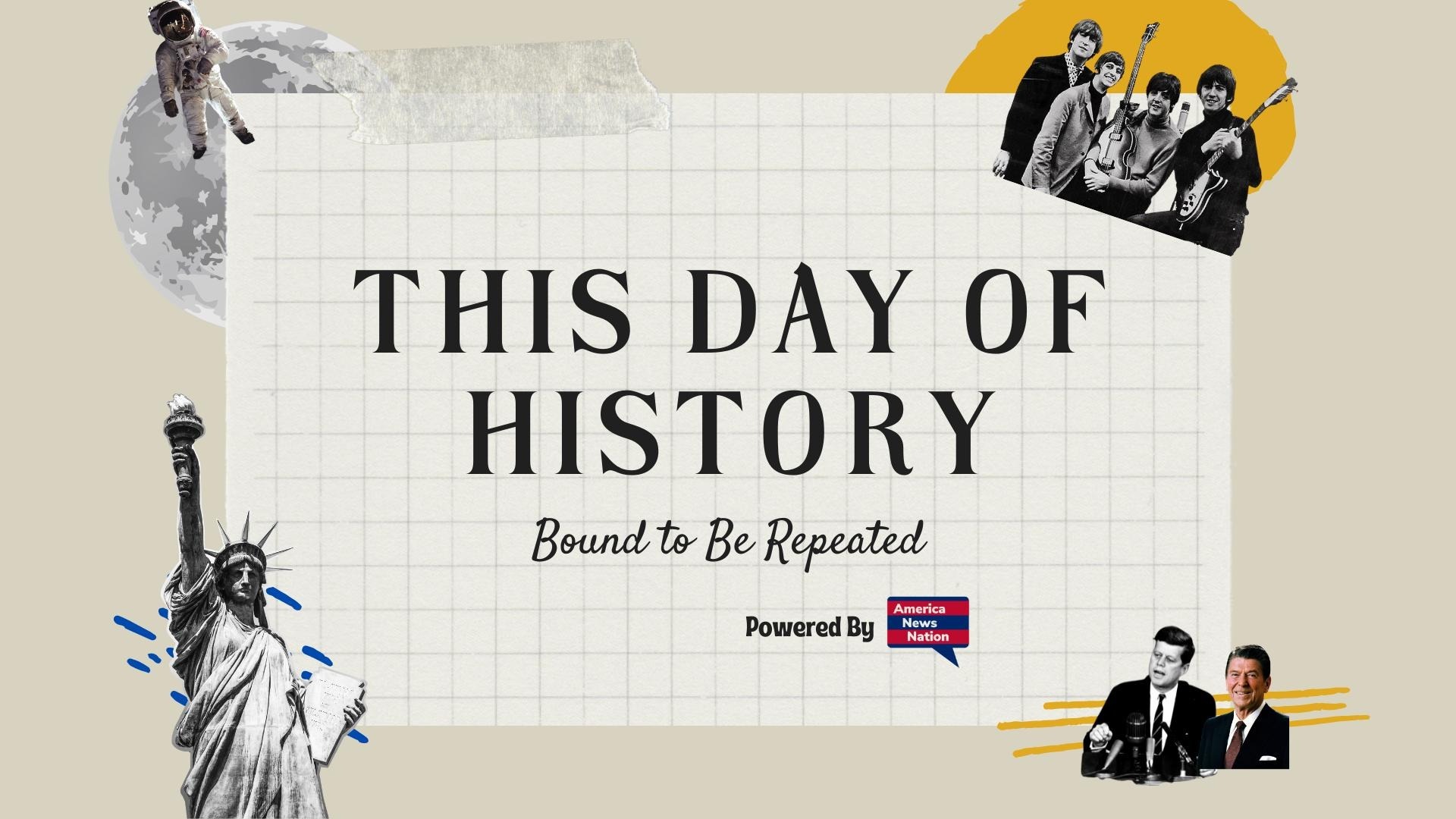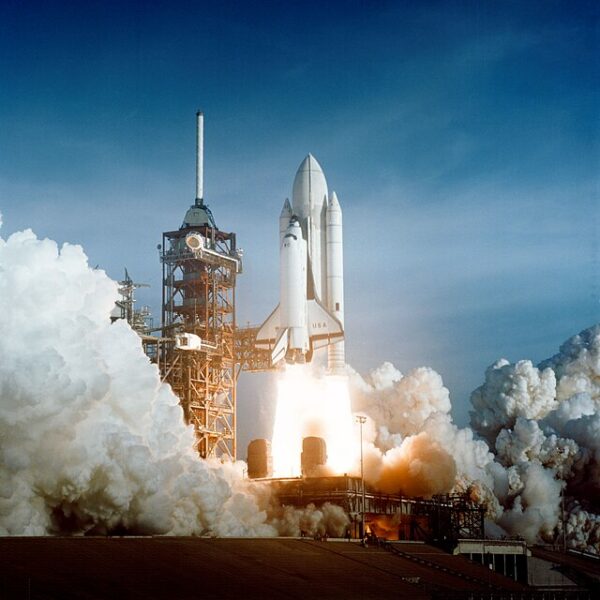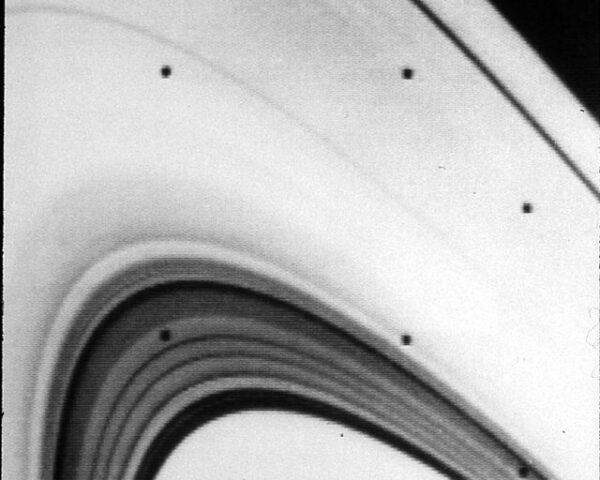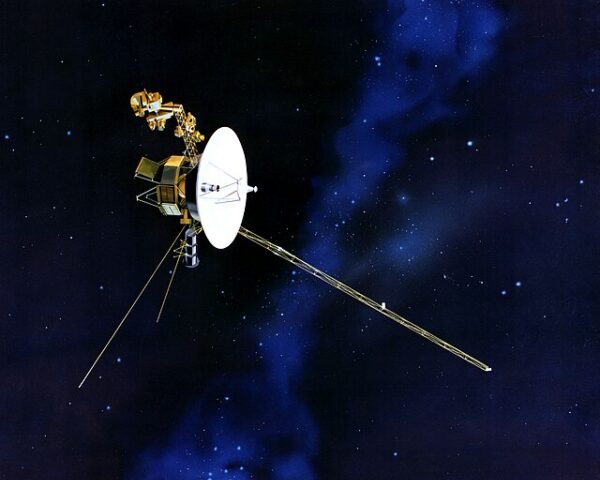On February 1, 2003, the world watched in shock as the Space Shuttle Columbia disintegrated upon reentry into Earth’s atmosphere, tragically killing all seven astronauts aboard. The disaster occurred just 16 minutes before the shuttle was scheduled to land at Kennedy Space Center, marking one of NASA’s darkest moments and prompting significant changes in spaceflight safety protocols.
The crew of STS-107 consisted of Commander Rick Husband, Pilot William McCool, Payload Commander Michael Anderson, and Mission Specialists Kalpana Chawla, David Brown, and Laurel Clark, along with Israel’s first astronaut, Ilan Ramon. Originally set to launch in 2001, the mission faced multiple delays before finally lifting off on January 16, 2003. Designed as a 16-day scientific research mission, STS-107 conducted more than 80 experiments in microgravity, life sciences, and materials science, contributing valuable data to various fields of study.
Unbeknownst to the crew, a critical problem had already occurred during liftoff. Just 82 seconds after launch, a piece of insulating foam detached from Columbia’s external fuel tank and struck its left wing. This impact compromised the shuttle’s reinforced carbon-carbon thermal protection system, a crucial structure designed to shield it from the extreme heat of reentry. While NASA engineers noticed the foam strike, they underestimated its severity and did not take further action.
Throughout the mission, Columbia functioned normally, with the crew completing their experiments and preparing for their return to Earth. There were no visible signs of damage or malfunctions. However, on February 1, as the shuttle reentered the atmosphere at approximately 17,000 miles per hour, the damage to the left wing proved catastrophic. Superheated gases penetrated the compromised structure, leading to a rapid loss of control. Within seconds, Columbia broke apart over Texas and Louisiana, scattering debris over a vast area. The final moments of the shuttle were captured on video, showing a bright streak across the morning sky before the spacecraft disintegrated. Tragically, there was no chance of survival for the crew.
NASA immediately launched an investigation, forming the Columbia Accident Investigation Board (CAIB). The inquiry determined that the foam strike had fatally compromised the left wing, allowing hot gases to breach the shuttle’s protective shell during reentry. Investigators also found that NASA had long underestimated the risks associated with foam shedding, a recurring issue in previous shuttle flights.
The loss of Columbia led to significant reforms in NASA’s approach to spaceflight safety. The agency implemented stricter inspection protocols, improved risk assessment methods, and enhanced protective measures for future missions. Additionally, the disaster underscored the importance of a viable crew rescue capability in case of damage occurring in orbit. As a result, NASA grounded the space shuttle program for over two years while engineers worked on these improvements. The lessons learned from STS-107 ultimately influenced NASA’s decision to retire the shuttle program in 2011 in favor of developing safer and more advanced spacecraft.
Despite the tragic end of Columbia, the mission’s scientific contributions were not lost. Research data from STS-107 continued to be analyzed and published, advancing knowledge in numerous scientific disciplines. Every year, NASA honors the memory of Columbia’s astronauts, along with those lost in the Challenger (1986) and Apollo 1 (1967) tragedies. Their dedication, courage, and sacrifice continue to inspire future generations of space explorers, reinforcing NASA’s commitment to safety and innovation in the pursuit of discovery.
